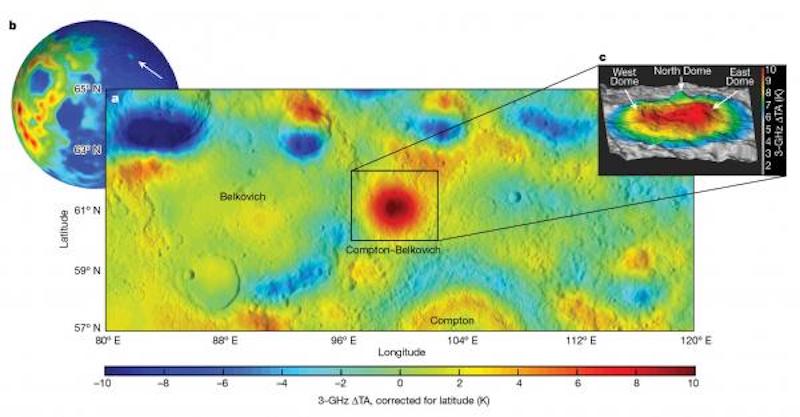
We know the moon had active volcanoes in the past. The dark regions on a full moon are ancient lava flows that scientists call lunar mare. But those ancient pools were thin flows of lava. And, on July 5, 2023, researchers from the Planetary Science Institute (PSI) announced another type of once-active moon volcanoes. They said they found a large, previously unknown heat source beneath the surface on the moon’s far side. It’s in the form of a large mass of granite, which, they said, has leftover radioactivity from a formerly active volcano on the moon.
This ancient volcano is the most similar to earthly volcanoes found so far. And the researchers found it using data from the two Chinese lunar orbiters, Chang’E 1 and Chang’E 2.
They published the peer-reviewed results in Nature on July 5, 2023.
Data from Chinese orbiters reveal heat source
China’s Chang’E orbiters both carry an instrument for looking at the moon in microwave wavelengths. Those wavelengths are longer than infrared. The orbiters used the instrument to map the temperature beneath the surface of the moon.
With that in mind, the researchers had suspected that there might be ancient volcanoes below the surface at a location called Compton-Belkovich (or the Compton–Belkovich Thorium Anomaly) on the far side of the moon. cxAnd they were right! They found a large heat source deep below the ground where the suspected volcanoes were. Lead author Matthew Siegler of the Planetary Science Institute said:
Using an instrument looking at microwave wavelengths – longer than infrared – sent to the moon on both the Chinese Chang’E 1 and 2 orbiters, we have been able to map temperatures below the surface. What we found was that one of these suspected volcanoes, known as Compton-Belkovich, was absolutely glowing at microwave wavelengths.
What this means is that it is hot, not necessarily at the surface, as you would see in infrared, but under the surface. The only way to explain this is from extra heat coming from somewhere below the feature within the deeper lunar crust.
So Compton-Belkovich, thought to be a volcano, is also hiding a large heat source below it.
Siegler also noted that:
This data showed a high geothermal gradient exactly coincident with a large 20-km [12.5-mi] wide silicon-rich surface feature believed to be an extinct volcanic caldera, which is between the craters Compton and Belkovich on the far side of the moon. This is around 10 degrees Celsius [50 F] warmer than its surroundings. We interpret this heat flux as resulting from a radiogenic-rich granite body below the caldera.
Radioactive granite reveals moon volcano
The scientists said that the heat comes from a large body of granite below ground. That granite is formed from lava that never erupted onto the surface.
Siegler also told the Goldschmidt Conference in Lyon, France on July 12:
We have discovered extra heat coming out of the ground at a location on the moon believed to be a long dead volcano which last erupted over 3.5 billion years ago. It’s around 50 km [30 mi] across, and the only solution that we can think of which produces that much heat is a large body of granite, a rock which forms when a magma body – the unerupted lava – below a volcano cools. Granite has high concentrations of radioactive elements like uranium and thorium compared to other rocks in the lunar crust, causing the heating we can sense at the lunar surface
The heat isn’t coming from lava that is still flowing underground. Rather, it’s from radioactive elements in the now-solid rock that used to be lava. The researchers say that the only type of rock that could contain enough of those elements is granite. This indicates that a previous large volcano was once fed by an even larger granite magma chamber below it. That is much more similar to volcanoes on Earth than had previously been found on the moon.

A 1st for the moon
This granite formation is called a granitic batholith. On Earth, you can find them below volcanic chains, like the Andes Mountains or the Cascade Range. The discovery of the granite itself is unexpected. Until now, only small grains of granitic material have been found on the moon, in samples brought back by the Apollo missions.
This batholith is about 30 miles (50 km) across. Geochemist Rita Economos said:
This find is a 50 km (30 mi) wide batholith; a batholith is a type of volcanic rock that forms when lava rises into the earth’s crust but does not erupt onto the surface. El Capitan and Half Dome, in Yosemite in California, are examples of similar granite rocks that have risen to the surface.
Geologist Stephen M. Elardo at the University of Florida added:
This new finding of a large mass of granite on the moon is incredibly interesting. We have tons of granite of different flavors all over Earth. People don’t think twice about having a granite countertop in their kitchen. But geologically speaking, it’s quite hard to make granite without water and plate tectonics, which is why we really don’t see that type of rock on other planets. So if this finding by Siegler and colleagues holds up, it’s going to be massively important for how we think about the internal workings of other rocky bodies in the solar system.
Bottom line: Scientists using data from two Chinese orbiters have discovered a new type of ancient volcano on the moon. An underground mass of radioactive granite provided the evidence.
Source: Remote detection of a lunar granitic batholith at Compton–Belkovich
Via Planetary Science Institute
Read more: Moon’s inner core is solid, like Earth’s, scientists say
The post Ancient moon volcano revealed in far side hot spot first appeared on EarthSky.

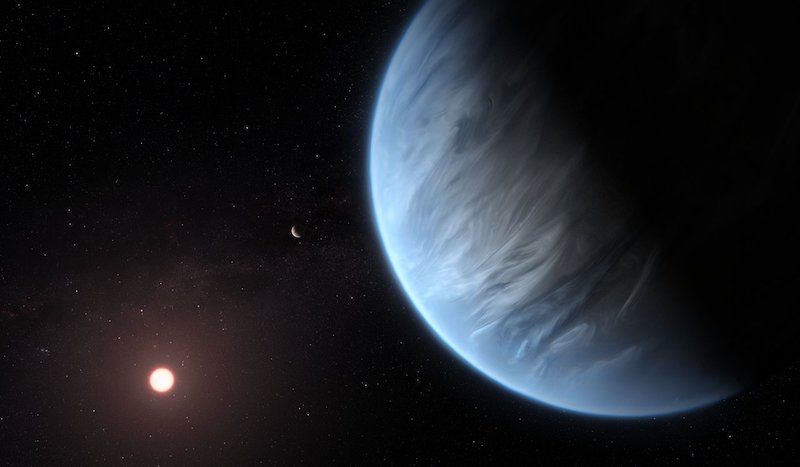

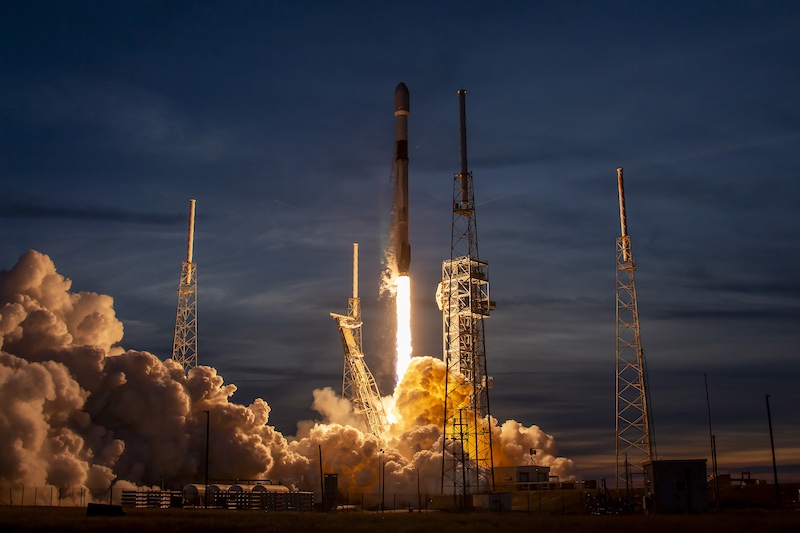
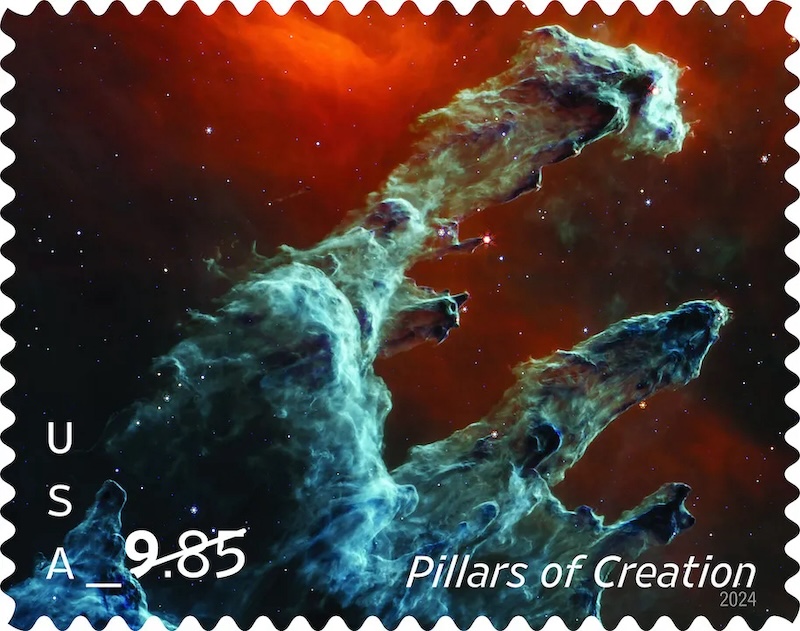
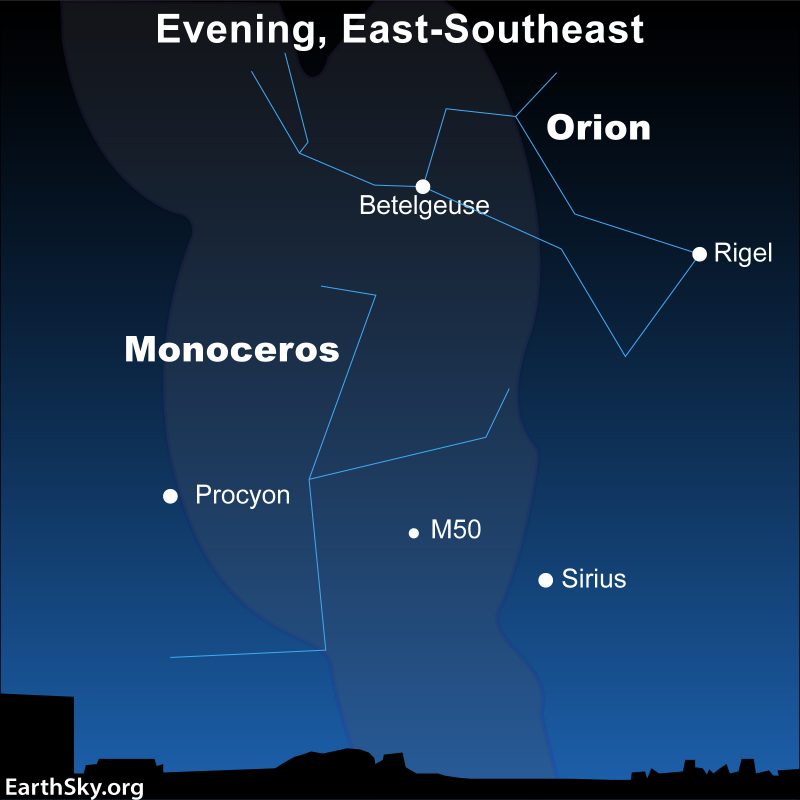
0 Commentaires